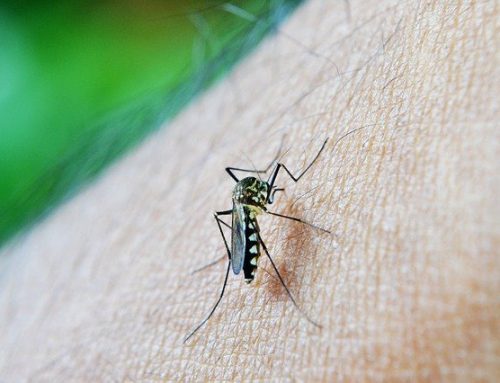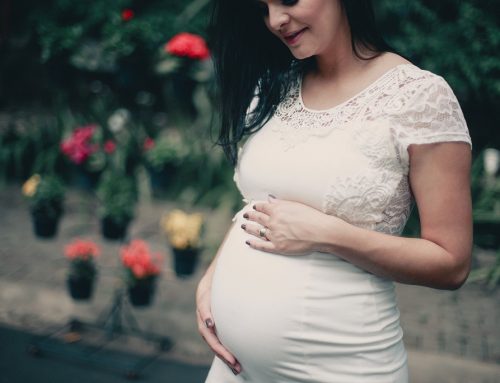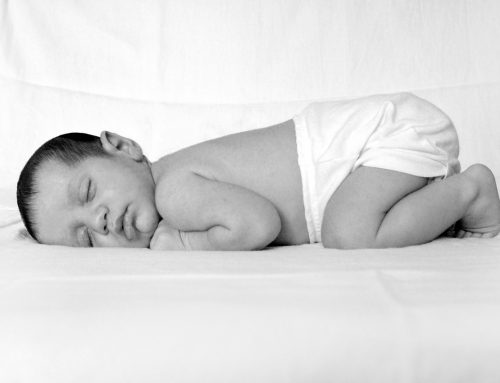The prospect of a child’s arrival is like getting into uncharted waters, especially for first-time parents. They spend weeks in preparation! Getting the house baby-ready, making a big baby shopping list, to shopping for various baby products, is a part of their prep. And soon parents realise that many baby items are not useful for childcare. These non-essential baby products, though popular, are usually a waste of money and take up space.
This post lists 10 non-essential baby products that you can avoid buying.
Identify non-essential baby products
Your baby thrives on your attention, love & communication more than the baby products. While some products and gears bring convenience & may be useful for childcare, many items are avoidable. Any baby gear should add value to childcare activity rather than just convenience.
Every baby gear/product takes up space and needs maintenance/cleaning. Ask the following questions before buying any baby product:
-
- Is it adding any value to childcare
- Can existing home item serve the same purpose
-
- Is the purchase worth the money, space requirement & cleaning efforts
-
- Will the product be useful if you plan for a second/subsequent child
- Is the baby accessory helpful only for few weeks or months
- Can hygiene concern, wear & tear, make it difficult to hand down or re-sale
Also, please remember the following about baby products:
-
- Additional gear means additional upkeep
-
- Avoid the ones made from plastic or unsafe material
- Some popular ones are unsafe for a child’s development and discouraged by experts
List of 10 non-essential baby products you can avoid

The following is a list of 10 baby products you can totally skip:
1. Bottle sterilizer
Bottle sterilisers, though easy to use, require meticulous cleaning and in some cases de-scaling. And are practically not useful beyond the first year of baby’s life. Bottles & teats are easily sterilised in a pot of boiling water. Many bottle manufacturers recommend sterilising cleaned bottles/teats by keeping for 5-10 minutes in boiling water.
2. Baby changing table
A mother with stitches from delivery may find a changing table convenient to stand and change/clean the baby. But it is not useful beyond 1-2 months when baby starts moving. A fidgeting baby usually resists to strap and change. Also, the table needs additional space and has no reusability unless you creatively repurpose it.
Changing diapers on the bed (or even on the floor) is a good and safe choice. Even with stitches, you can sit and change your baby from day 1.
3. Baby detergent
Baby detergent is one of the things you do not need for a new baby. It is usually costlier than its regular counterparts & may not be as effective to remove stains. Baby clothes can be safely washed with a regular detergent without fragrance & dyes, from the start. Unless the baby has sensitive skin & calls for a particular laundry routine [1], ‘baby detergent’ for baby clothes is not required.
A popularly suggested option is an ordinary liquid detergent without fragrance or dye. It rinses out better. Or opt for an additional rinse cycle after washing baby clothes with regular detergent (colourless and odourless).
4. Baby walker
Paediatricians discourage baby walker. It delays/affects a baby’s milestone of walking without support [2]. It can cause serious accidents. A baby may accidentally roll off a flight of stairs or bump into a wall/furniture when in the walker.
A baby does not need a gear to help him walk. If you are really eager, ask your paediatrician for ways to encourage your baby to stand/walk without support.
5. Teether
A teething baby continually looks for items to chew. Many parents offer teethers to their babies when teething. Since they are in a baby’s mouth, they need a regular and thorough cleaning. Also, they may contain harmful chemicals, even if advertised as ‘non-toxic’ [3]. And once a baby has got a full set of teeth, they are useless and have almost no resale value.
You can make a teether at home. A cleaned & peeled frozen baby carrot, frozen breastmilk/cowmilk/water popsicle, a clean and frozen cloth, cold spoon are few of the options that are safe, easy to chew on and easily soothe a teething baby.
6. Baby food maker/processor
There are two primary reasons to avoid a baby food processor. Firstly, your regular food processor at home purees baby food just as well. Hence no requirement of an additional appliance which takes up space and is redundant.
Secondly, pureed food is usually not recommended beyond 3-4 months of starting solids. Experts recommend introducing your baby to various food textures & tastes. By 1 year of age, a baby should begin eating what adults eat at home [4]. Hence a baby food processor has very limited time utility.
7. Baby shoes before baby can walk
When your baby shows signs of walking, do not rush to buy a fancy pair of shoes. Allow your baby to feel the ground & find his balance. It’s easier to coordinate steps bare feet. Experts suggest babies be left bare feet (or with socks) before they walk stably without any support [5].
A child is wobbly in the initial days when walking without help. It is natural and let baby practice his steps without his feet restricted by shoes. Once the baby walks comfortably and stably without assistance, choose comfortable/flexible shoes.
8. Crib bumpers
Parents love to adorn baby’s crib with crib bumpers to protect baby from bumping on the rails or avoiding the limbs getting stuck.
American Association of Paediatrics (AAP) is demanding for a ban on crib bumpers [6]. AAP deems crib bumpers as a decorative item only which makes the sleeping environment unsafe. Studies reveal that a baby without neck control or who cannot roll over by self [7] can suffocate of get entrapped due to crib bumpers.
Cribs built as per safety standards, do not require a bumper. The rails have smooth edges, no harmful paints/polish and safe railing separation. Hence no fear of baby hurting due to bumping on the rails, or issue due to licking the rails or baby’s limbs getting stuck [8].
9. Newborn bathtub
A newborn bathtub is useful only till baby can sit/stand for a bath. It requires thorough cleaning and drying to remove soapy standing water and avoid mould (especially the mat).
Try bathing baby the traditional Indian way, on your legs. A safe, quick & fun way of bathing your baby [9] and requires no hassle of cleaning. Some parents may prefer to use a low height stool (or Patla), a commonly found item in Indian households. Or if you buy one, you can reuse later.
10. Battery operated toys
Electronic toys with flashing/bright lights, sound/music, constantly moving/changing parts, or which require a child to only watch, can overstimulate a baby, hamper their health and development and interfere with child’s creativity [10].
Choose age-appropriate toys or games, which involve physical, mental or creative faculties. Toys are a great educational and entertainment tool, use it appropriately. Also, babies are easily bored. So buy fewer but engaging toys and keep rotating them.
Why parents tend to buy non-essential baby products
Childcare is often overwhelming. So parents gravitate towards products and gear advertised to make childcare easier. Also, “baby products” advice comes freely from friends and family. So it’s easy to believe that everything advertised or advised is essential.
Our fast-paced urban lifestyle & nuclear family setup, makes us increasingly rely on baby products that save time/efforts. Our parents raised us with minimum baby gear/products. The increased spending power and availability of fancy baby products make purchasing them easier. Using baby products is many a time unnecessarily equated to better parenting.
Conclusion
Childcare is often taxing. Baby products tend to make it easier. But not all baby products are useful. These non-essential baby products may be heavy on the pocket, eat up real estate space and require cleaning efforts. Experts discourage some popular (with shiny advertisements) baby products.
Buy only those baby products that add value to childcare.





Nice article. Very well explained!